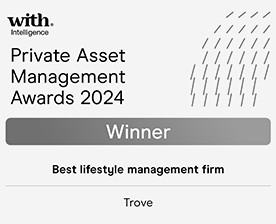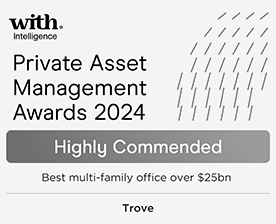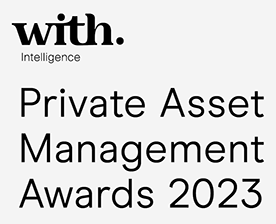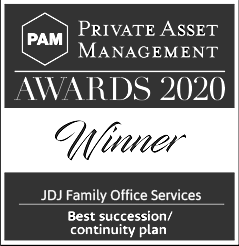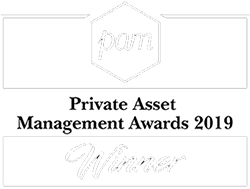CARES Act: Small Business Relief Programs
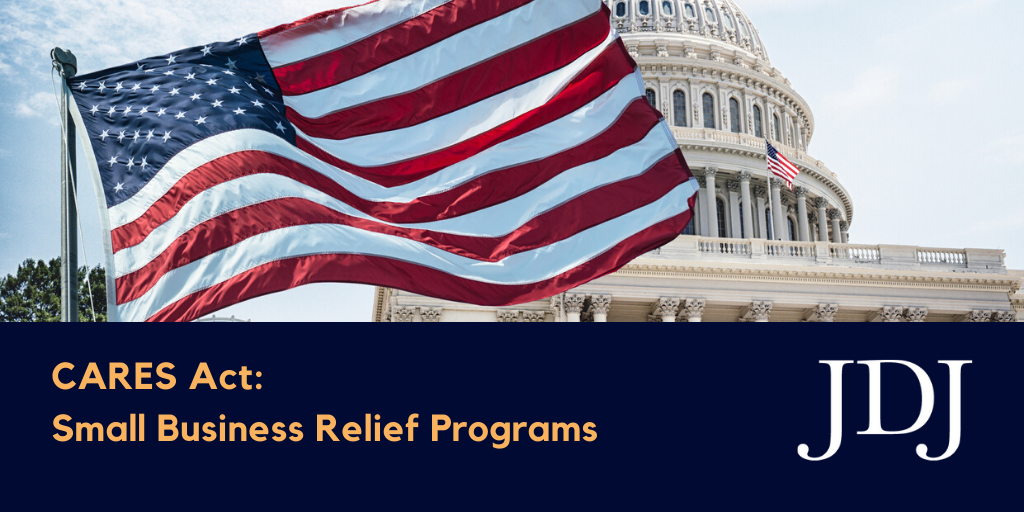
We hope that you, your friends and family remain healthy during this challenging time. Our goal at JDJ is to keep you informed regarding legislation and programs that may affect you financially, so we can help you prepare and adjust your plans as needed. Information about these programs continues to develop, so be sure to contact your advisors and lenders for the latest information.
The Coronavirus Aid, Relief and Economic Security (CARES) Act was enacted on Friday, March 27, 2020 in order to provide economic relief to taxpayers and businesses impacted by the COVID-19 pandemic. This post is the first in a 3-part series designed to outline the key points of these areas of the legislation:
- Small Business Relief Programs
- Tax Relief Programs
- Families First Program
Today, we’ll focus on the implications for Small Businesses: the new Paycheck Protection Program (PPP) and the expanded Economic Injury Disaster Loan Program (EIDL). You can apply for an EIDL any time, and you can apply for PPP loan beginning today (April 3, 2020). You may want to start gathering relevant information and reaching out to lenders (in the case of the PPP) to prepare for these applications. Both programs are offered through the Small Business Administration (SBA).
Paycheck Protection Program
PPP was developed to provide funds to eligible small businesses impacted by COVID-19 in order to keep employees on the payroll. It is considered an extension of SBA lending and, as noted above, is available beginning April 3, 2020 and through June 30, 2020.
Loan proceeds can be used for payroll costs, group health benefits, mortgage interest, rent, utilities, and interest on other debt incurred before the covered period. The interest rate is capped at 4% with a two year maturity. No collateral or personal guarantees are required. The maximum loan amount is the lesser of $10 million or 2.5x the average month payroll costs in the 12 months preceding the loan date. There is no pre-payment penalty and payments can be deferred up to six months.
The recipient is eligible for loan forgiveness for all covered expenses for an 8-week period from February 15 to June 30, 2020, assuming that all employees are paid at their full rate. The amount forgiven may be reduced, depending on the number of employees paid and at what rate.
Loan forgiveness will not be included as income for tax purposes.
An eligible business is defined as:
- Businesses with less than 500 employees (sole proprietorships, independent contractors, self-employed people, tribal business concerns)
- Private non-profit organizations
If you are eligible, the SBA has begun issuing guidance and applications open on Friday, April 3. Applications should be submitted through a qualified SBA lender, or through a federally-insured depository institution or credit union. You should check with your bank first, as they may already be an SBA lender. A list of the most active qualified SBA lenders is available here.
To be eligible for this loan, some of the factors that will be considered are:
- The business existed and had employees and payroll in place as of February 15, 2020
- The business has been adversely impacted by COVID-19 and the loan is needed to support ongoing operations
More information and a sample form is available through the Small Business Administration and the US Treasury.
Economic Injury Disaster Relief Program
Additional assistance for your business may be available through the Economic Injury Disaster Loans (EIDL) program. Small businesses in the U.S., D.C. and U.S. territories can apply. It also applies to residents in states that have made a disaster declaration. If your state has not done this yet, it may in the near future.
This program is similar to PPP in that eligibility is based on your ability to show that a business has been financially impacted by COVID-19. There are a number of differences, including: acceptable credit history, ability to repay the loan, and collateral acceptable to the SBA.
Key facts about these loans:
- Maximum loan amount is $2 million
- Loans > $200k require personal guarantees
- $10,000 Emergency Grants (which do not have to be repaid) are available to eligible applicants
- Interest Rate is 3.75% for small businesses and 2.75% for non-profits
- Maximum Loan term: 30 years
- Payments can be deferred for up to 1 year
- Collateral is not waived (required for loans > $25k)
- Cannot be used in tandem with a PPP loan, if used for the same purpose
This loan can be used to cover payroll and business expenses impacted by COVID-19 and not covered under the PPP.
A fact sheet for Massachusetts, which has declared a disaster, is available here.
You must apply directly via the SBA vs. a lender using this link.
If you have questions about either of these programs, please contact a member of your JDJ team and we will be glad to assist you.



